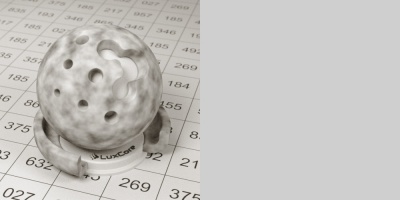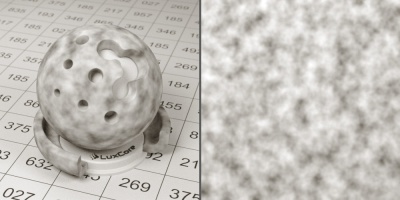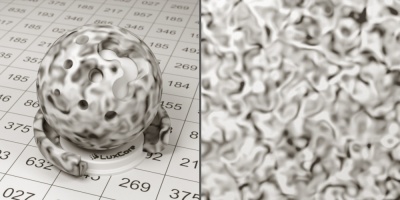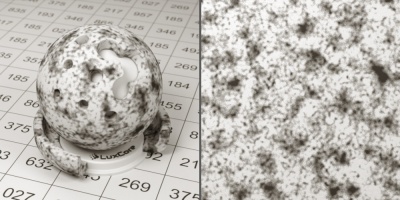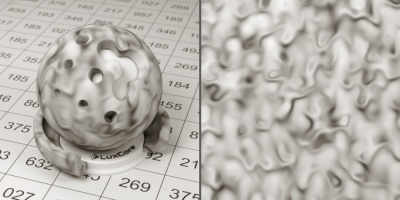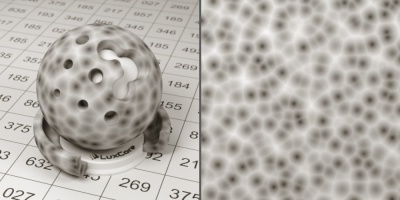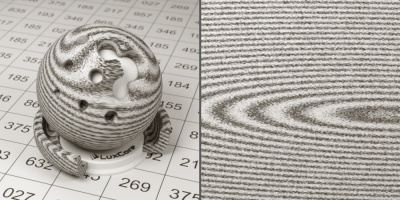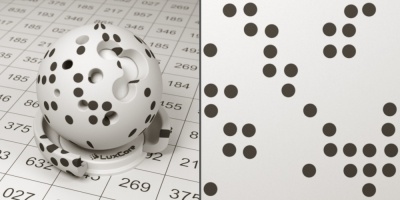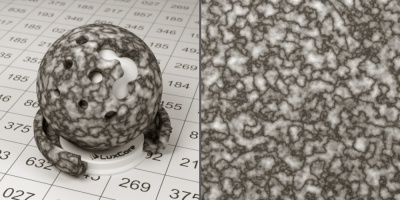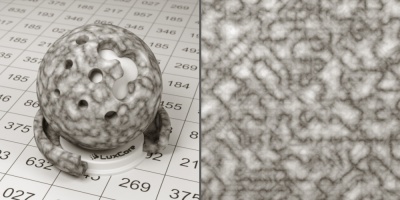Difference between revisions of "LuxCoreRender Procedural Textures"
Jump to navigation
Jump to search
| Line 20: | Line 20: | ||
<gallery mode="nolines" widths=400px heights=200px> | <gallery mode="nolines" widths=400px heights=200px> | ||
file:Textures_blender_clouds.jpg|thumb|Marble | file:Textures_blender_clouds.jpg|thumb|Marble | ||
file: | file:Luxcore_textures_musgrave.jpg|thumb|Musgrave | ||
</gallery> | </gallery> | ||
|- | |- | ||
| Line 26: | Line 26: | ||
<gallery mode="nolines" widths=400px heights=200px> | <gallery mode="nolines" widths=400px heights=200px> | ||
file:Textures_blender_clouds.jpg|thumb|Noise | file:Textures_blender_clouds.jpg|thumb|Noise | ||
file: | file:Luxcore_textures_stucci.jpg|thumb|Stucci | ||
</gallery> | </gallery> | ||
|- | |- | ||
| Line 37: | Line 37: | ||
| | | | ||
<gallery mode="nolines" widths=400px heights=200px> | <gallery mode="nolines" widths=400px heights=200px> | ||
file:Textures_blender_clouds.jpg | file:Textures_blender_clouds.jpg|Brick. More info | ||
file:Textures_blender_clouds.jpg|thumb|Checkerboard | file:Textures_blender_clouds.jpg|thumb|Checkerboard | ||
</gallery> | </gallery> | ||
Revision as of 21:42, 11 December 2017
LuxCoreRender's procedural textures are very flexible and covers a wide range of different looks. Not only that, but they can also be combined by using the Math node which provides mix/add/subtract/multiply functions. Most textures generate a noise based on noise size and noise depth. Noise size adjusts the scale of the texture and noise depth adjusts the amount of details. Increasing depth will give finer details but are also slower to render.
|
|
|
|
|
|
|
|
|
|
|
|
|
|
|
|
|
|
